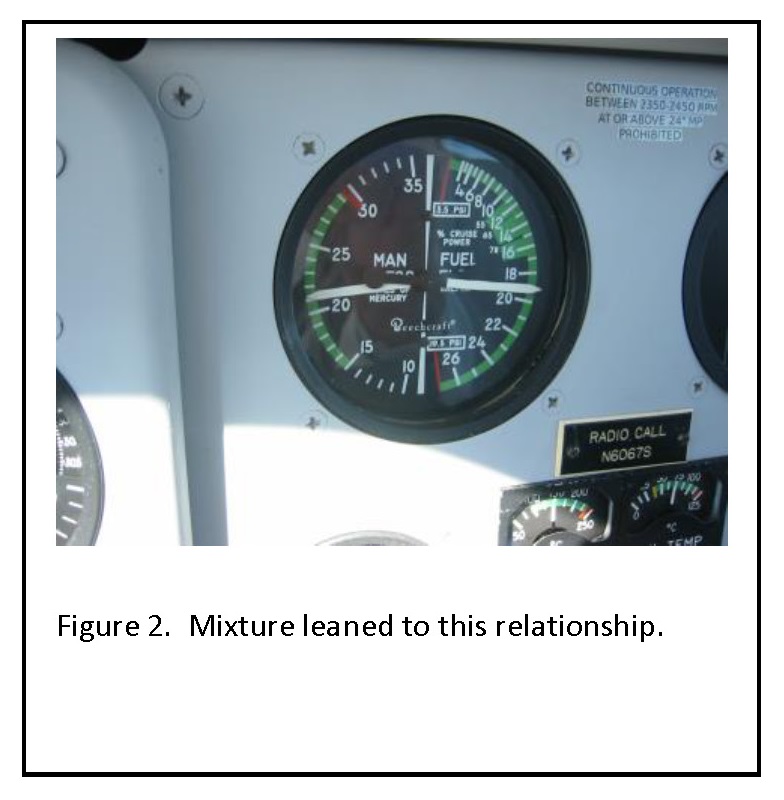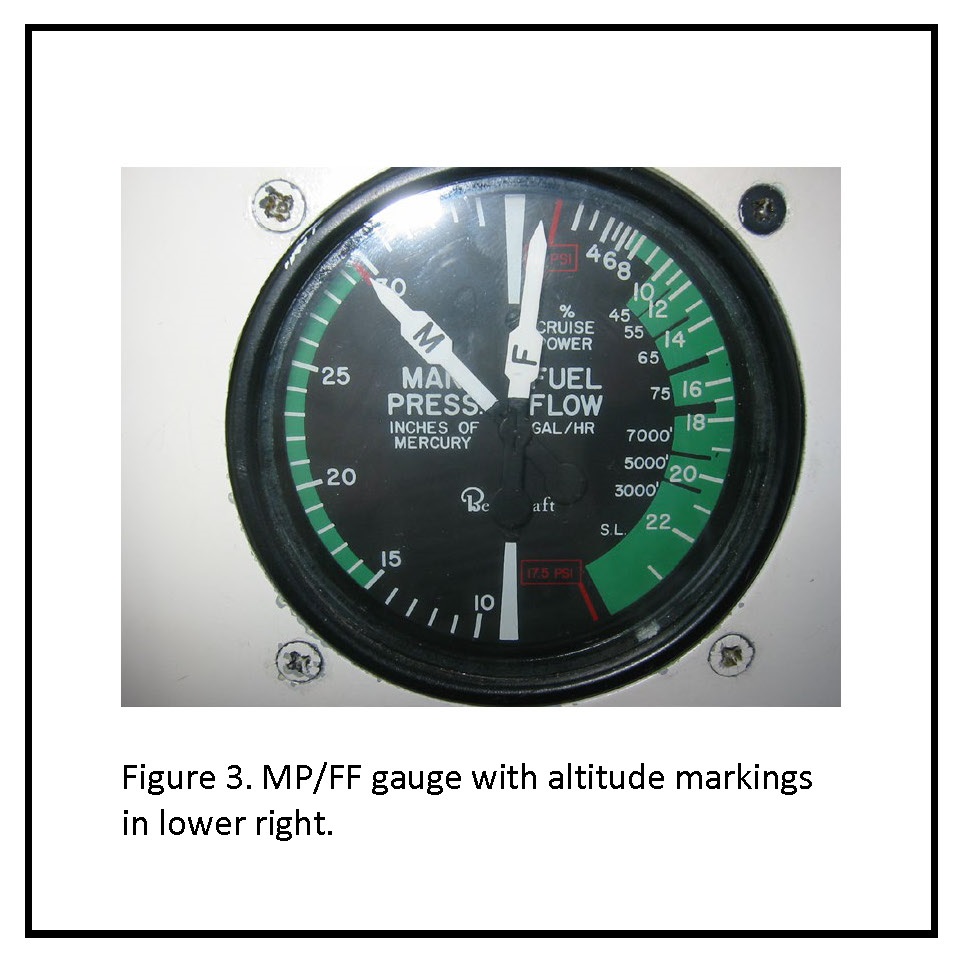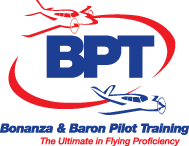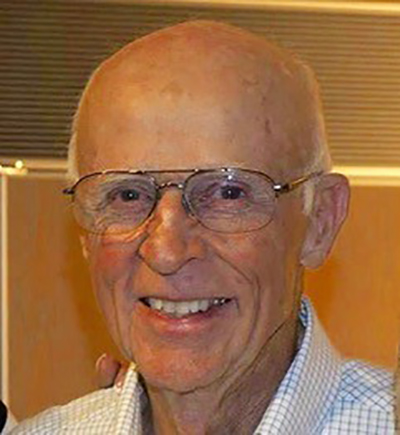Leaning For Maximum Horsepower
at High-Density Altitudes
By Hank Canterbury
Sometimes our early training in various procedures leads to problems. For example, we were always taught to push the mixture control to the “full rich” position before takeoff, descent or landing. In normally aspirated engines, this procedure is not always correct, especially if you want the maximum horsepower available for a possible go-around or if you want the performance that the Pilot Operating Handbook [POH] takeoff charts say you should get.
I am often asked, “How should I lean for takeoff at ‘tall’ airports?” Smart question!
There are several ways to arrive at the solution, but too often pilots – to their detriment – do not bother with the process. Unless you have installed an altitude compensating fuel pump, you must manually adjust the mixture for “density altitude” conditions, rather than “full rich,” as you may have erroneously been taught.
In an earlier article, I discussed a quick and sure-fire way to determine whether your airplane is accelerating at the correct rate to achieve the takeoff distances found in your POH, before you run out of runway to stop. When flying at high-density altitudes, it is important to use that technique to verify that the engine is achieving the maximum power available for current conditions.
An important note here: If you are flying a turbocharged or turbo normalized engine, you have an altitude compensating fuel pump, which will automatically adjust the mixture for the present altitude. In addition, your fuel system is set to provide a higher flow rate when the mixture knob or lever is full rich.
The extra fuel is very important to keep the Cylinder Head Temperatures [CHTs] in the correct range, providing a safe detonation margin during takeoff, climb or at very high-power settings. You must put the mixture control full rich on all takeoffs regardless of altitude. The turbo is pumping a lot more (hot) air into the combustion chambers than a non-turbocharged engine can suck in.
Some of us with normally aspirated engines also have the altitude compensating fuel pump installed. In that case, the mixture control must be “full rich” on all takeoffs, regardless of altitude. The fuel flow will approximately match what is required for the density altitude where you are; however, the old saw of “trust but verify” applies here.
The instrument panel displays all the information needed to verify that your fuel flow is correct to achieve the “best power” condition, whereby the Exhaust Gas Temperature [EGT] is approximately 100 – 125 degrees rich of peak EGT). There is no need to fine tune the process now — just observe that all cylinders are in the correct range.
Suppose it’s a nice summer day in Aspen Colorado, elevation 7,820 feet. The temperature 80 oF and the altimeter setting 29.85 with no wind.
You and your family have had a great few days and are headed back to your “lowland” home airport. You complete the run-up checks and you’re cleared for takeoff on the 7,006-foot runway. Density altitude today is 10,800 feet. You do not have an altitude compensating fuel pump.
The POH says an F33A with an IO-550 engine at full gross weight will need a 2,600-foot roll with an additional 2,000 feet needed to reach just 50 feet after takeoff, if everything is perfect. So today, you shove the mixture full forward, advance the throttle and start your roll.
Checking your engine instruments, manifold pressure is only 21 inches, fuel flow looks OK right where it usually is about 25 to 27 gph; rpm 2,680, and you have all six soldiers standing up on your EGT monitor. Everything looks good, so continue.
Hmmm? You don’t seem to be accelerating very quickly. There goes the fire station past the right wing and you don’t even have 50 knots indicated airspeed yet. Wonder how much runway is left? Something isn’t right. What was the takeoff roll distance supposed to be? Dang it – you forgot to compute the acceleration check speed! What to do now? Abort the takeoff – or press on?
Have you ever been in a situation like that? Most of us have. We read about pilots every month who don’t make it off the available runway or can’t outclimb the hills. It doesn’t have to be in Aspen, either.
High density altitude occurs at much lower elevations during hot seasons. If you don’t adjust your mixture control (non-turbo) from full rich to compensate for an over-rich mixture, you will experience considerably reduced performance from your trusty Beechcraft because it is getting too much fuel flow for the reduced air density. You will be far too rich and below the peak of the brake horsepower curve.
I will discuss three ways to lean quickly and easily for any density altitude.
“Engine Monitor” Method
The first and probably best is to use your Engine Monitor to set and hold the “Target Exhaust Gas Temperature,” as General Aviation Modifications, Inc. [GAMI] calls it. Should you not have a monitor, you’ll need to use one of the other two methods. Unfortunately, Barons don’t have the combination MP / FF gage that Bonanzas have so they must use Target EGT or another technique described below.
“Target EGT” Method
How can I find out what should be my target EGT?
Let’s assume the fuel system is properly set for your engine. At sea level, with everything in full forward position, your EGTs shortly after liftoff should all be in the range of 1250 to 1325 oF.
Today at Aspen, you could simply retard your mixture knob / lever to get those EGT values, and occasionally adjust mixture to keep them close to that value as you climb to cruise altitude. Doing this will provide the engine with the correct fuel flow to produce best power at the various air density conditions in the climb.
As always, monitor your CHTs during climb and cruise to keep them below 380 oF. It’s OK to exceed 380 oF for short periods of time (max POH 460 o F or 238 oC); however, it is recommended to keep CHTs below 380 oF for extended periods for less stress on the engine.
“Sight Picture” Method
This is my preferred technique. If you are fortunate enough to still have the original power instrument in the center of your panel that shows manifold pressure on one needle and fuel flow on the other side, you are in luck.
Here’s the quick and easy method. As you start your roll and push the throttle forward with the mixture at full rich, you will see your MP / FF gauge looks something like this: (Fig.1).

This fuel flow is way too rich for the available MP to achieve whatever maximum horsepower your engine is capable of producing at this density altitude.
So what to do? Simple — just reach down and smoothly pull the mixture knob (lever) back until the needles look like Figure 2. It takes all of 2 seconds.

This technique will put your engine just where you want it to be. Skip twisting the vernier, as that will take far too long to get results.
Notice that the MP needle and the FF needle are not quite in a straight line, but the fuel flow is slightly lower toward the rich side (fatter) of the opposite extended MP position.
After a few tries, you’ll find the angle that works best for your engine to keep the CHTs where you want them. Done immediately after you start the roll, you will quickly set the mixture to give approximately the maximum available HP and keep the CHTs in limits. You can now devote your full attention to other things during the roll and lift off.
Another benefit of this quick sight picture technique is that during the rest of your climb to 16,000 feet, all you have to do is maintain the same relationship picture between the MP and FF to have the correct mixture for best power during the climb.
Remember that MP decreases approximately one inch per thousand feet of altitude change, so by 16,000 feet, you would see only 13-14 inches of MP. Keep in mind that without an altitude compensating fuel pump – or you, manually leaning the mixture – the system will continue to give sea level flow or whatever you’ve set for the takeoff!
That means your engine is getting richer and richer, power is going down the HP curve. Leaning occasionally throughout the climb – like this – takes little effort and permits the engine to produce maximum available power as
altitude increases.
Alternatively, use this technique. See Fig. 3 and note those tiny little altitude numbers in the lower right of the fuel flow gauge.

As you climb through those altitude ranges, adjust the FF needle to correspond to your range. This will result in a more correct FF condition than the full rich position! I recommend you set the FF a little ‘fatter’ by putting the needle at the next lower altitude range than the one you are in currently. Always keep your eye on the CHTs.
Finally, you can do a full power ground run up, using the EGT gauge to find peak temps then enrich to 100+ oF below peak EGT. This provides the mixture for best power – with lots of noise and prop abrasion, but it is better than not having correct mixture!
Climb rate depends on excess HP which decreases progressively with increasing altitude; consequently, the rate of climb will be decreasing. Excess HP is defined as the amount of HP / thrust available above what is required to maintain the same speed when flying level. In addition to maintaining the correct mixture during a climb, it’s necessary to also reduce Vy airspeed from what you’re accustomed to seeing at lower altitudes.
Beechcraft book speeds are published for full gross weight at 5,000 feet. As you climb above 5,000 feet, decrease Vy 1% (1 knot / mph) per thousand feet of altitude from what the POH recommends.
For example, at 12,000 feet, Vy will be closer to 89 KIAS (96 minus 1 kt for each 1,000 feet above 5,000 feet). If you are holding higher airspeed, your climb rate will not be best available.
Using these methods to set mixture for density altitude works equally well for go-arounds and balked landings. The POHs tells us in the “Before Landing” checklist to move the mixture to “full rich or as required by field elevation.”
It’s easy to overlook the “field elevation” detail and just go full rich as you start descent or on final. Believe me, full rich won’t work very well at Aspen during a go-around. Your engine will be far too rich and it simply won’t be producing anywhere near the maximum horsepower available at that altitude.
Once you have moved the throttle and rpm full forward, just look at that handy gauge. Pull the mixture knob back to get your new sight picture. Your engine will reward you with its best available power when needed.
Did you forget how to compute acceleration check speed? Takeoff distances in your POH charts are based on the plane performing at its optimum power (best BHP) on a dry, level runway with no mechanical defects, such as dragging brake(s); under-inflated tires; or not being leaned for best power!
Bonanzas: Use 50 KIAS at 50% of computed roll.
Barons: Use 60 KIAS at 50%.
Be sure to use the computed distance, not half-way down the runway, as some say. This is a really simple and eloquent technique to assure that things are moving along on schedule before it’s too late to do something about it!
Unfortunately, every year accidents occur during high density altitude operations. Perhaps that happens because pilots are not aware of the significant performance degradation and fail to plan for the decreased climb rates, shallower climb flight paths, and increased turn radiuses.
There may be unnoticed problems with the plane, or they simply fail to lean correctly, as we have discussed. Using these helpful hints will help keep you off that list.
Fly Often – Train Regularly – Practice More!
Hank Canterbury
ATP, CFII, SEL & MEI
FlyF33@aol.com




